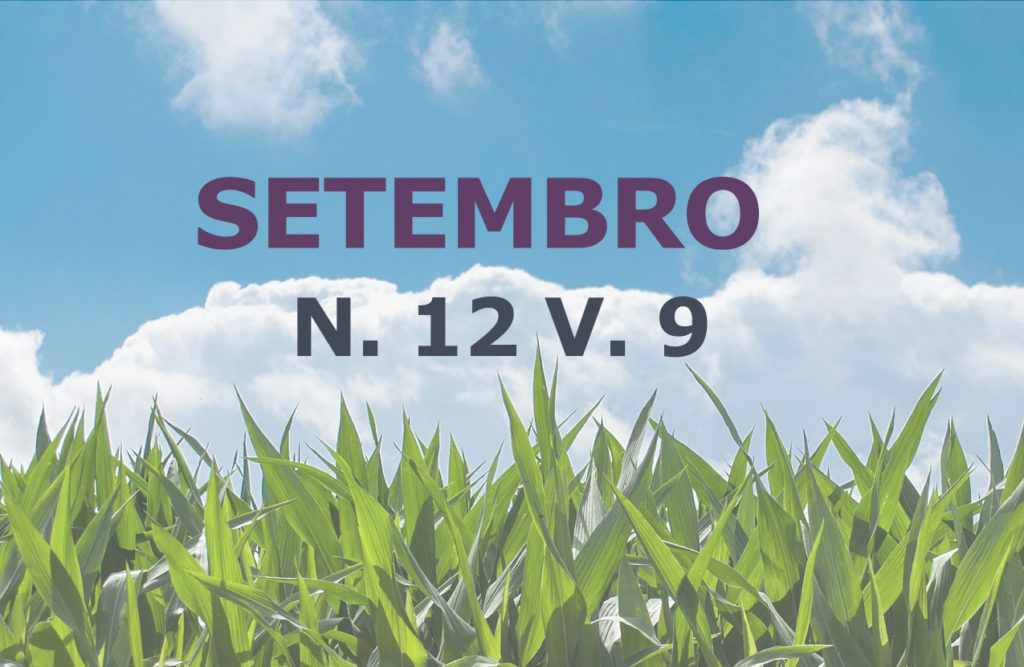High-grade mastocytoma in a dog: case report
DOI:
https://doi.org/10.31533/pubvet.v12n9a166.1-5Keywords:
surgery, chemotherapy, neoplasmAbstract
Mastocytoma is one of the most malignant tumors diagnosed in dogs. Its cutaneous presentation is more frequent, especially in skin and subcutaneous tissue, more or less conjunctiva, salivary gland, nasopharynx, larynx, oral cavity, gastrointestinal tract and spine. This neoplasm has a varied and unpredictable biological code, and may present a single nodule of benign behavior up to multiple metastatic nodules. Among all forms of mastocytoma graduation, the high level of agreement is a low and high grade classification. For the definitive diagnosis and the best therapeutic conduction, the accomplishment of the histopathological examination. The treatment for the mastocytoma, will enter into the histopathological and the american medical clinic. Surgical excision is indicated for all mast cells and should be at least 3 cm in safety markings. Chemotherapy is indicated for grade II, III or high grade mastocytomas and may be used for the purpose of quit-reduction or as an adjunct to surgery. The prognosis will depend on the location, tumor number and presence of ulceration. The objective of this work was to report a case of high-grade mastocytoma in a dog, the history of a man with a human anatomy problem, with emphasis on histopathological findings and therapeutic conduction.
Downloads
Published
Issue
Section
License
Copyright (c) 2018 Lourival Barros de Sousa Brito Pereira, Homero Firmo Pessoa, Lucilo Bioni da Fonseca Filho, Natália Cyntia Alves Medeiros, Melissa Barbosa Pontes, Nicolli de Albuquerque Leal Gomes D’Alcantara, Jordy Diniz de Oliveira Lima, Gabriella Mignac Mendonça Wanderley, Júlio Cézar dos Santos Nascimento

This work is licensed under a Creative Commons Attribution 4.0 International License.
Você tem o direito de:
Compartilhar — copiar e redistribuir o material em qualquer suporte ou formato
Adaptar — remixar, transformar, e criar a partir do material para qualquer fim, mesmo que comercial.
O licenciante não pode revogar estes direitos desde que você respeite os termos da licença. De acordo com os termos seguintes:
Atribuição
— Você deve dar o crédito apropriado, prover um link para a licença e indicar se mudanças foram feitas. Você deve fazê-lo em qualquer circunstância razoável, mas de nenhuma maneira que sugira que o licenciante apoia você ou o seu uso. Sem restrições adicionais
— Você não pode aplicar termos jurídicos ou medidas de caráter tecnológico que restrinjam legalmente outros de fazerem algo que a licença permita.





